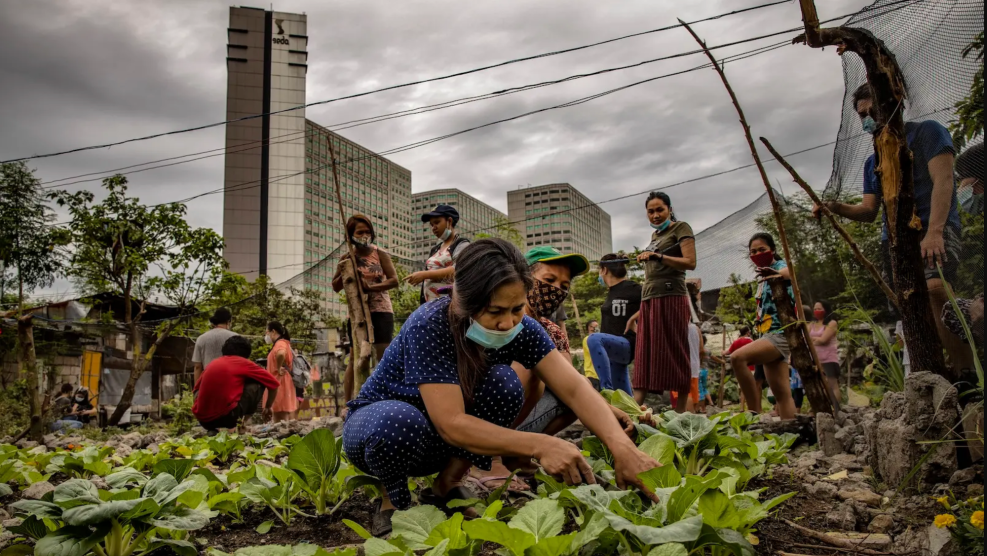Last February, when Unocal of Los Angeles and France’s Total inked a $1 billion contract with the dictatorship of Burma to build a 250-mile gas pipeline to Thailand, they must have figured they could weather any public relations storm.
They knew the country’s creepily named State Law and Order Restoration Council had a brutal record. The U.S. State Department has reported that the SLORC “forced hundreds of thousands, if not millions, of ordinary Burmese…to ‘contribute’ their labor, often under harsh working conditions, to construction projects.”
 But the oil giants were also aware that press coverage of Burma had been scant. Who’d notice a little business deal? Still, when the SLORC began clearing a path for the pipeline, allegations immediately surfaced from human rights watchers that the SLORC’s workforce actually comprised slave labor pulled from nearby fields.
But the oil giants were also aware that press coverage of Burma had been scant. Who’d notice a little business deal? Still, when the SLORC began clearing a path for the pipeline, allegations immediately surfaced from human rights watchers that the SLORC’s workforce actually comprised slave labor pulled from nearby fields.
In May, a small but vocal group of Unocal stockholders protested the pipeline deal, unsuccessfully urging the company to follow other U.S. corporations (Eddie Bauer, Levi Strauss) and pull out of Burma. Then in July, the SLORC ended the six-year imprisonment of Nobel laureate Aung San Suu Kyi, following intense international pressure. (The leader of Burma’s democracy movement, she supports trade sanctions against the junta.) A month later, director John Boorman’s Beyond Rangoon introduced Burma’s fledgling democracy movement to a worldwide audience.
And while Unocal and Total claim they have no knowledge of slave labor being used on the construction project, the location of the pipeline offers a troubling omen. It was just kilometers away, after all, that Japan maintained the brutal POW camps immortalized in yet another film, The Bridge on the River Kwai.
















